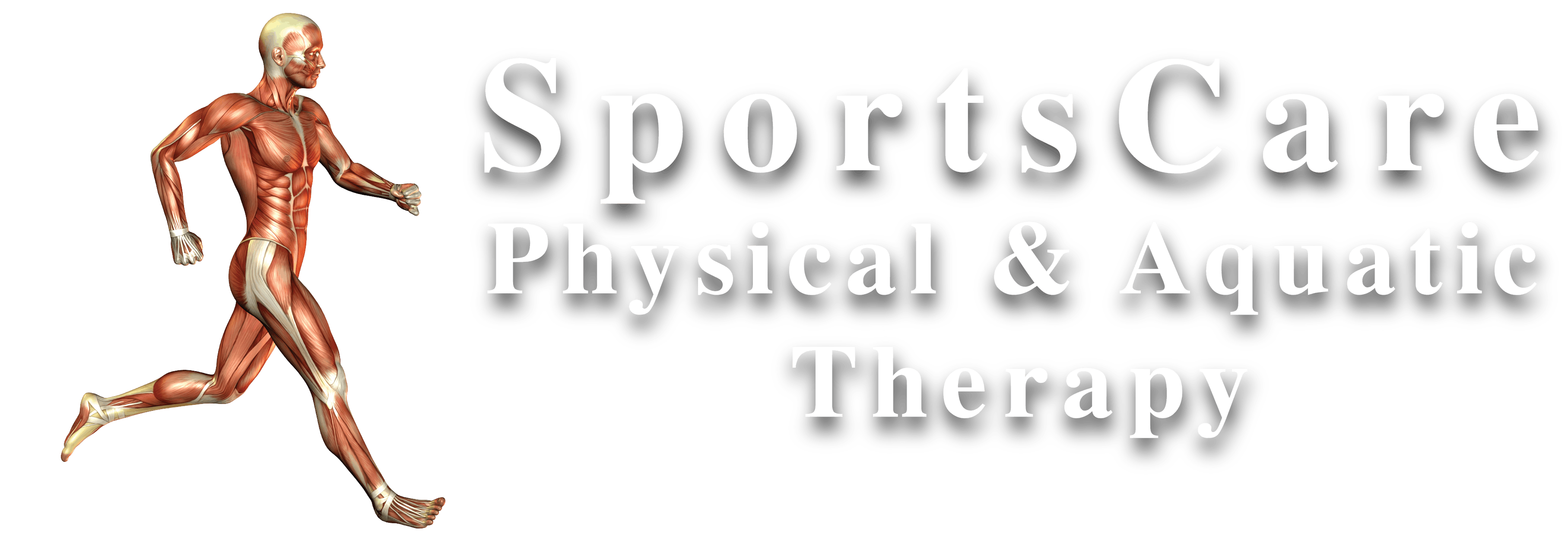Physical therapists often use electrical stimulation during treatments, which may initially be a bit scary or unknown for patients. We were always told to avoid sticking our fingers in the socket, right? So I wanted to break therapeutic electrical stimulation down to its simplest form and talk about when and why it’s a useful l tool for your current condition(s).
Transcutaneous Electrical Nerve Stimulation (TENS)
Transcutaneous electrical nerve stimulation or TENS is a type of electrical stimulation that reduces pain. It is one of the most well-known types of electrical stimulation. It is relatively low-power, pocket-sized devices prescribed for patients by their physical therapist and primary care provider.. TENS units can be worn for many hours at a time, and can be used at home by patients following detailed instruction from a physical therapist.
Interferential Current (IFC)
Interferential current or IFC is a deeper form of TENS. IFC is used by physical therapists to decrease swelling and inflammation in injured tissues. IFC has also been shown to reduce back pain and osteoarthritis-related pain. The frequencies generated by IFC disrupt pain transmission at the level of the spinal cord. IFC differs from TENS in that it penetrates deeper into the tissues, is more comfortable for the patient and increases circulation to help speed the healing of injured tissues.
“I was apprehensive at first, but now I look forward to the IFC”. “When my
back hurts, I’m all in for the IFC… it simply works….” LF
High Volt Galvanic Stimulation
Galvanic stimulation or galvanism is a treatment method that involves the application of a pulsed electric current to body tissues to stimulate a muscular contraction. Galvanic stimulation is effective for treating acute injuries associated with significant tissue trauma, including bleeding or swelling. Galvanic stimulation differs from TENS and IFC in that it uses a direct current (DC) instead of alternating current (AC). Galvanic stimulation’s direct current generates an electrical field over the involved area that may favorably alter blood flow. The positive pad used in galvanic stimulation acts like ice, causing decreased circulation to the region under the pad, reducing swelling, whereas the negative pad acts like heat, bringing increased blood, nutrients and oxygen to the injured tissues, speeding healing.
“Following a sprained ankle, my foot was swollen.” The Physical Therapist at
SportsCare said he’s going to use High Volt electrical stimulation to reduce
my foot swelling… I said WHAT!!!”…”it worked and worked well.” TM
Russian Stimulation
The third type of electrical stimulation is called Russian stimulation, aptly named for Dr. Kots of Russia who pioneered studies showing his type of current was helpful in strengthening muscles. It is commonly used to assist a muscle in strengthening VMO which is often weakened during knee surgery. While this type of stimulation is slightly uncomfortable, we use an on/off cycle for a period of time. For example, your therapist may set it to be on for 4 seconds, off for 12 and run for a few minutes. There is one stimulation pad on the muscle’s insertion into the bone and another on the muscle belly. This is the only type of stimulation where a strong muscle contraction is the goal.
“I was afraid, following my knee surgery, that I would lose the muscle mass I tried so
hard to gain. My Physical Therapist, at SportsCare, assured me that the Russian
stimulation would contract my muscles and help decrease atrophy of my muscles” It
felt great and it worked.” KD
Pre Modulation Stimulation
The second method of electrical stimulation is called pre-modulation. This is used for soft and connective tissues to decrease pain or reinforce a change in the tissue after manual therapy, trigger point release or other manual tissue techniques. A pre-mod stimulation involves two pads so the electrical stimulation runs in the area between the two pads. Physical therapists will typically use this type of stimulation along a ligament or tendon such as your Achilles tendon or along a muscle such as one of your quadriceps muscles.
“I’ve been suffering from chronic shoulder stiffness.” My Physical Therapist tried the
Pre Modulation electrical stimulation on my shoulder.” “Following 20 minutes my
stiffness decreased.” CT
Summary
Most of these types of stimulation will run 5-15 minutes in duration and may be coupled with ice or heat. Coupled with other therapies such as Laser, ultrasound, manual treatment, exercises and range of motion, electrical stimulation is an integral part of rehabilitation and healing for many patients. Now after reading a bit more about the variety of electrical stimulations provided here at SportsCare Physical and Aquatic Therapy, hopefully you won’t see flashes of Frankenstein if your therapist suggests electrical stimulation as part of your treatment!

